Common Blue Damselfly (Enallagma cyathigerum)
STATUS : BREEDING IN SOMERSET
These are known as one of the 'Blue Damselflies' of which Somerset has 7 species: Common, Variable, Azure, Blue-tailed, Red-eyed, Small Red-eyed and White-legged. Identifying these species can be very complicated as they all have similar features and all have colour variations and changes in colour as they age.They tend to be around longer than most other species, and will appear in May on the levels and can be seen well in August especially on higher ground. Mid-May through June are the best months.
Males are blue and black damselflies.
Females have a blue form and a dull green form, both with black features.
Immature tend to be pink in both sexes.
A quick tip to ID females is to look at the abdomen, segments have a rocket shape along many of them and our unique to the female common damselflies.

Male

Male
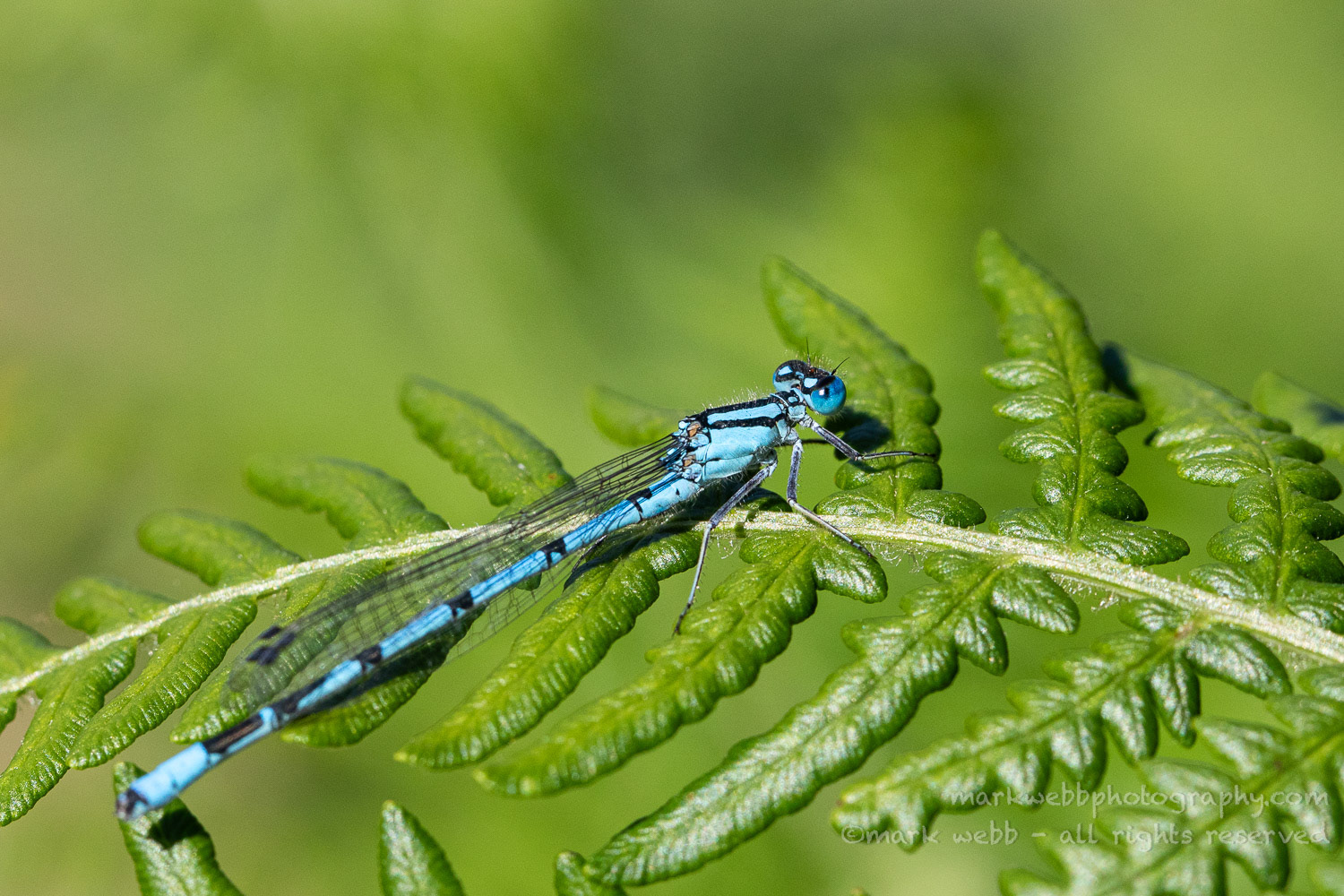
Male

Male
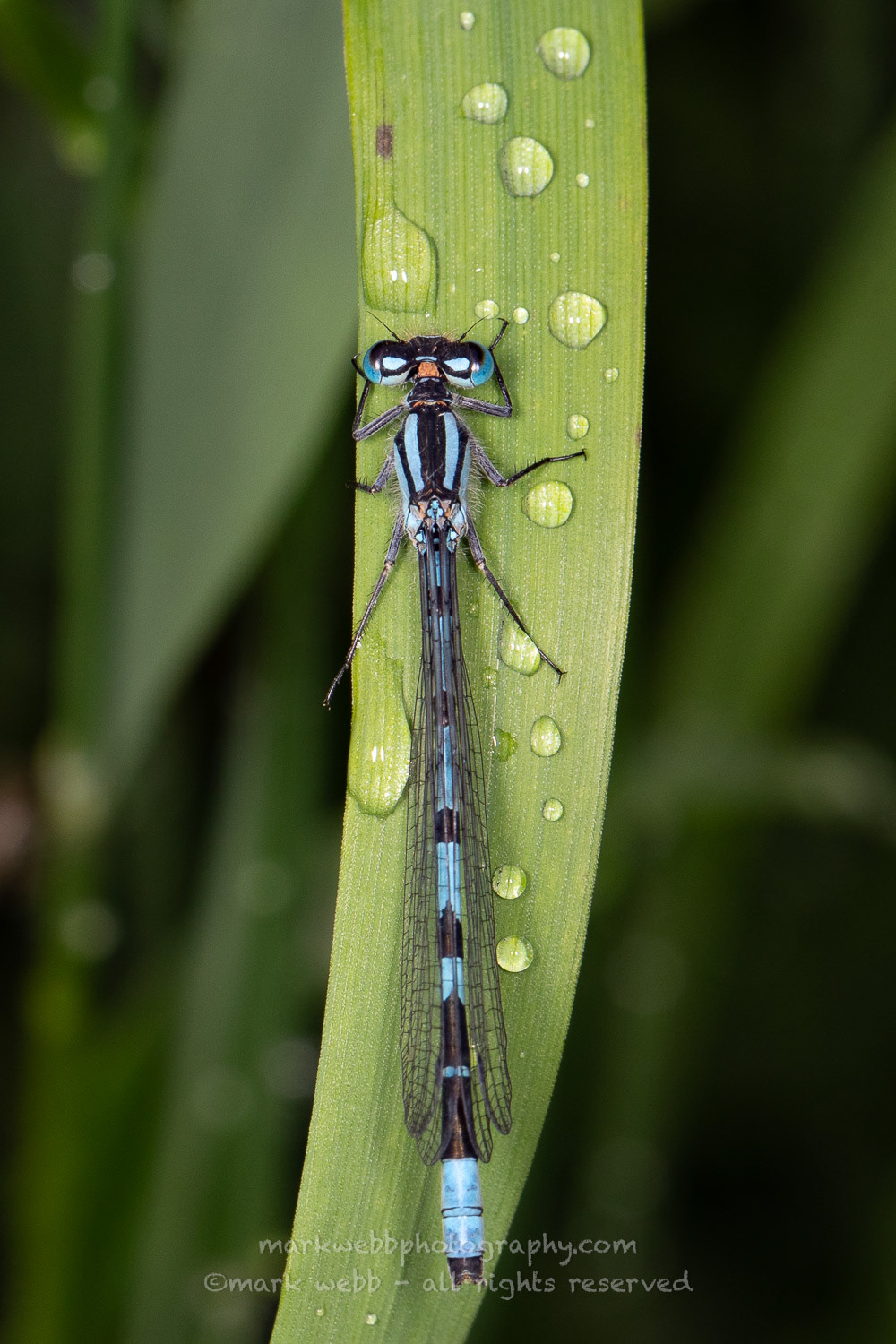
Male
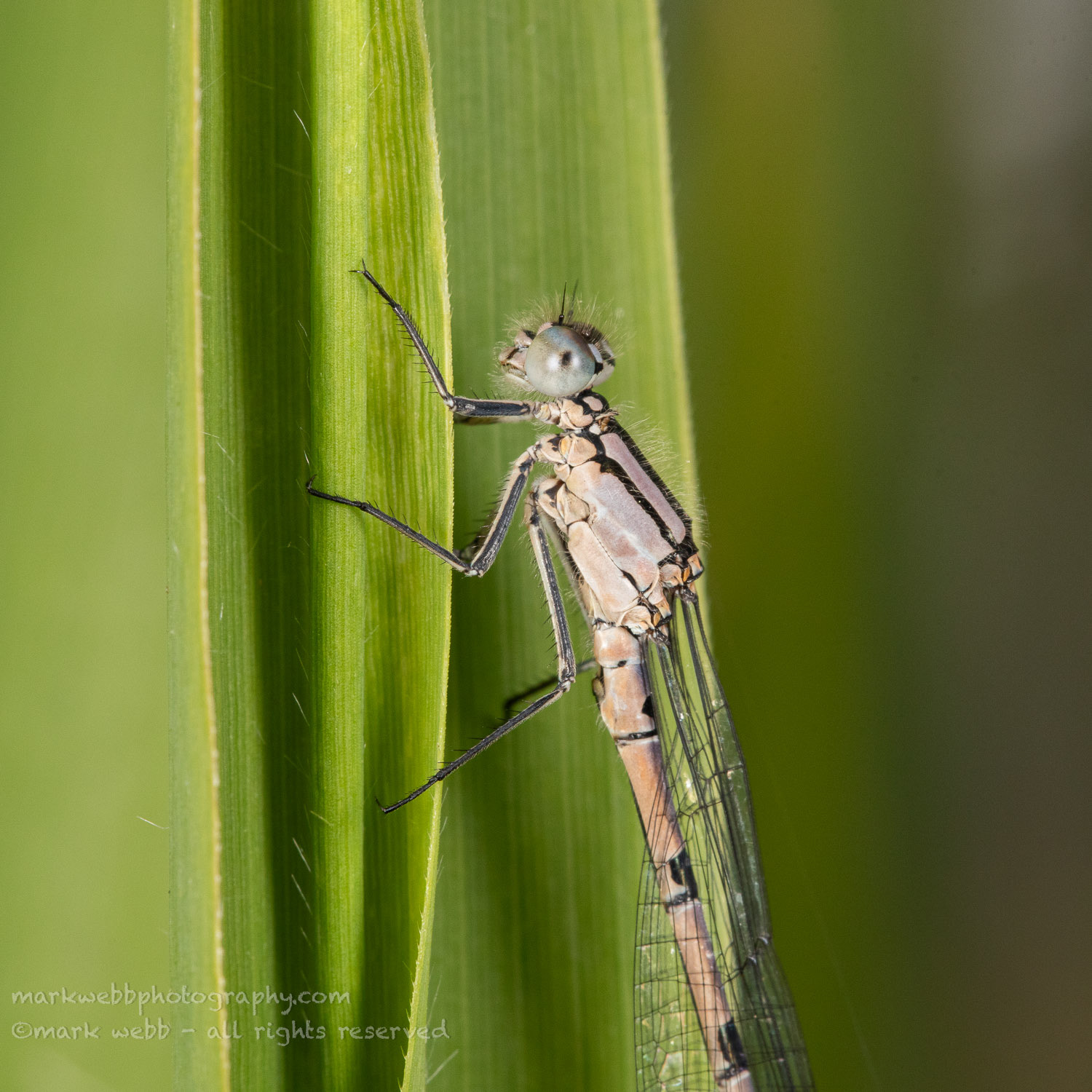
Male (Teneral / newly emerged)
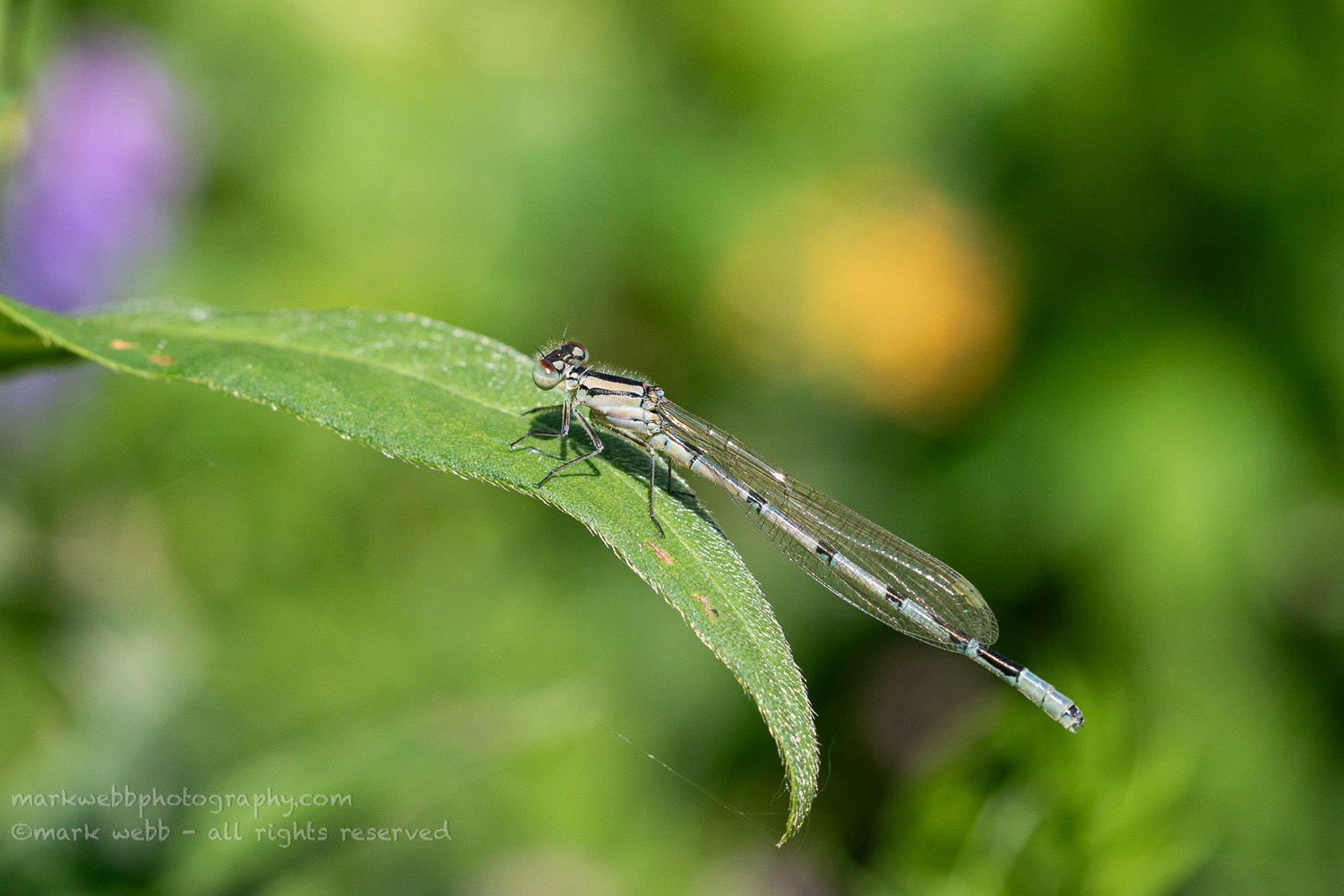
Male (Beginning to go blue)

Female (Blue Form)

Female (Blue Form)
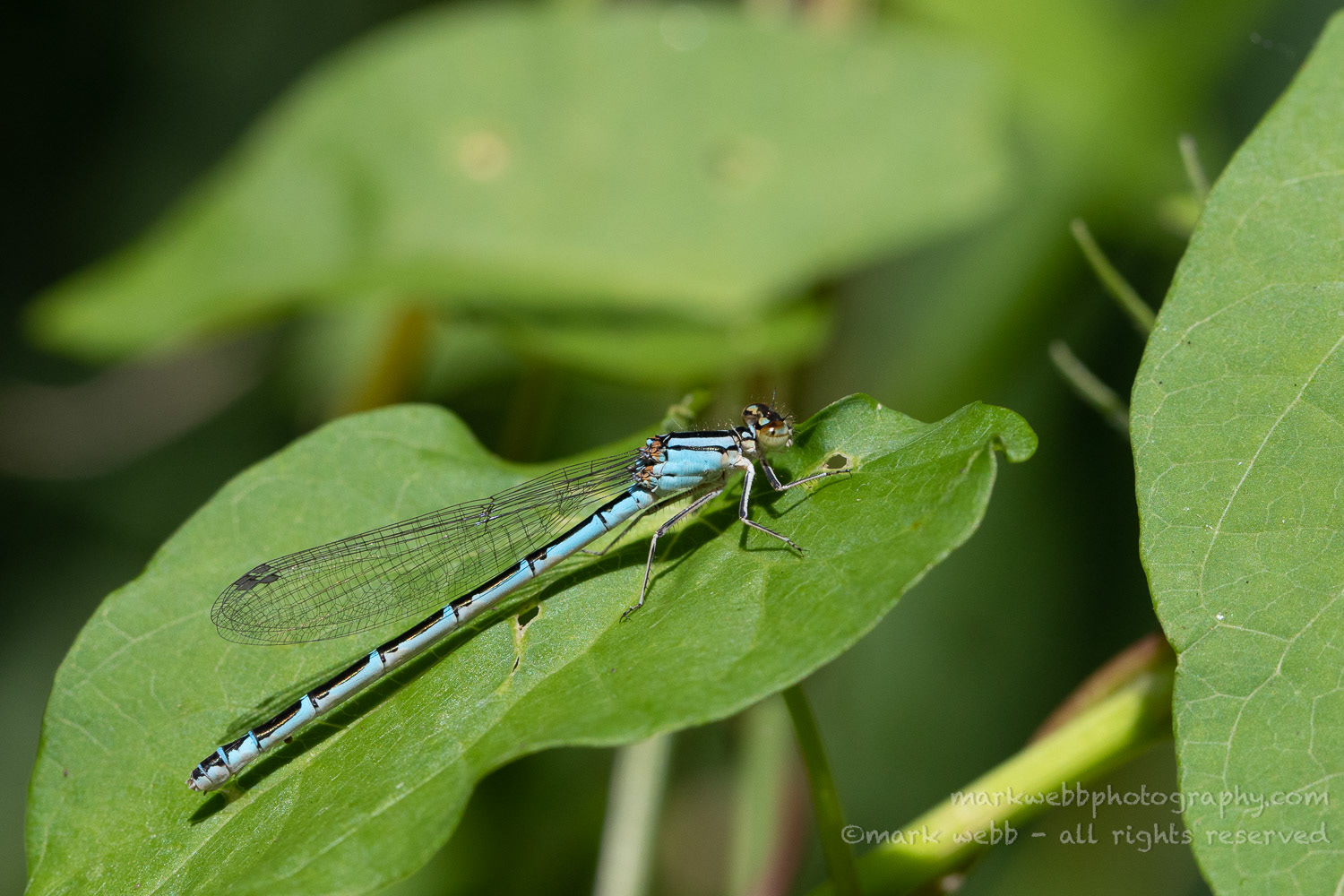
Female (Blue Form)
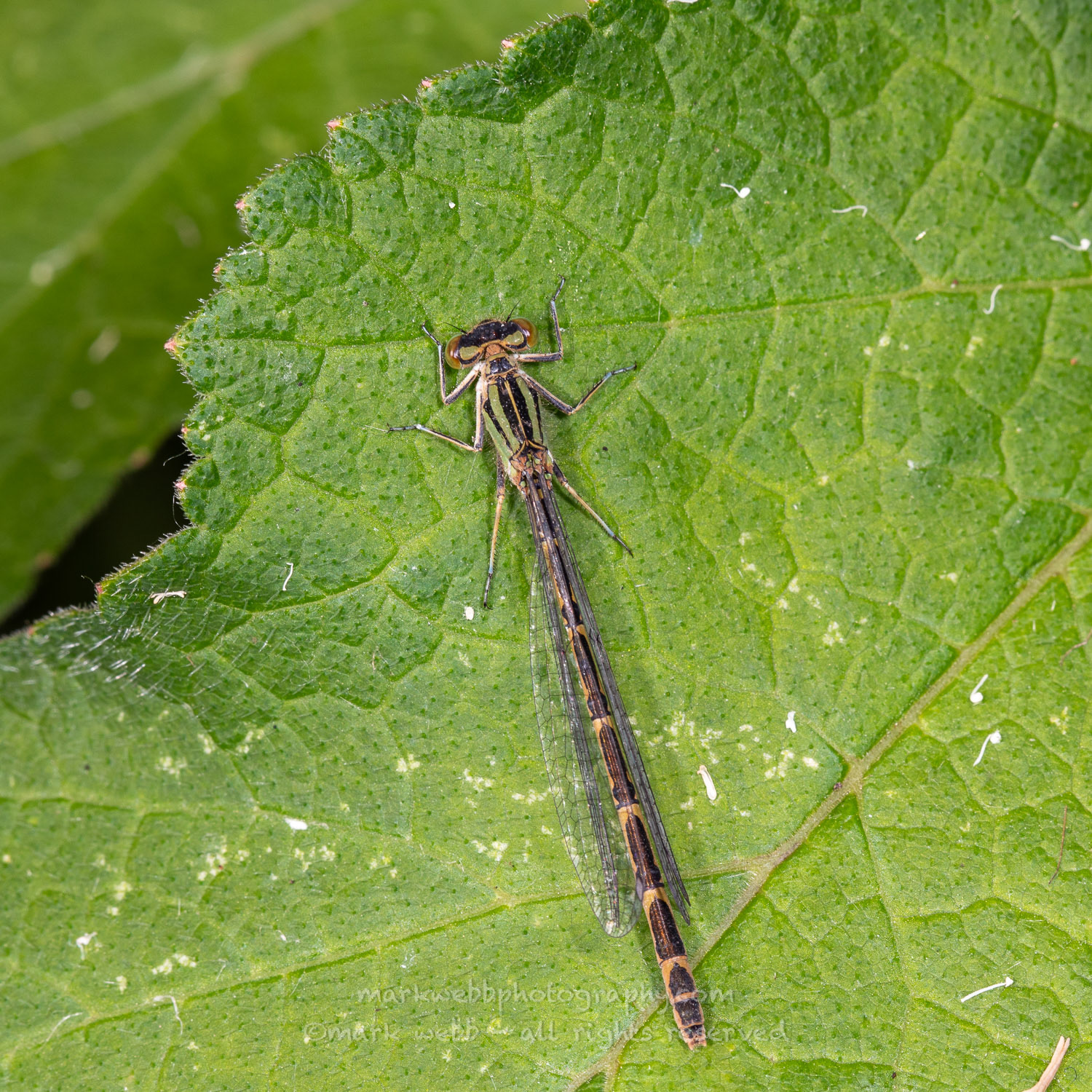
Female (Dull Green Form)

Female (Dull Green Form)

Female (Dull Green Form)
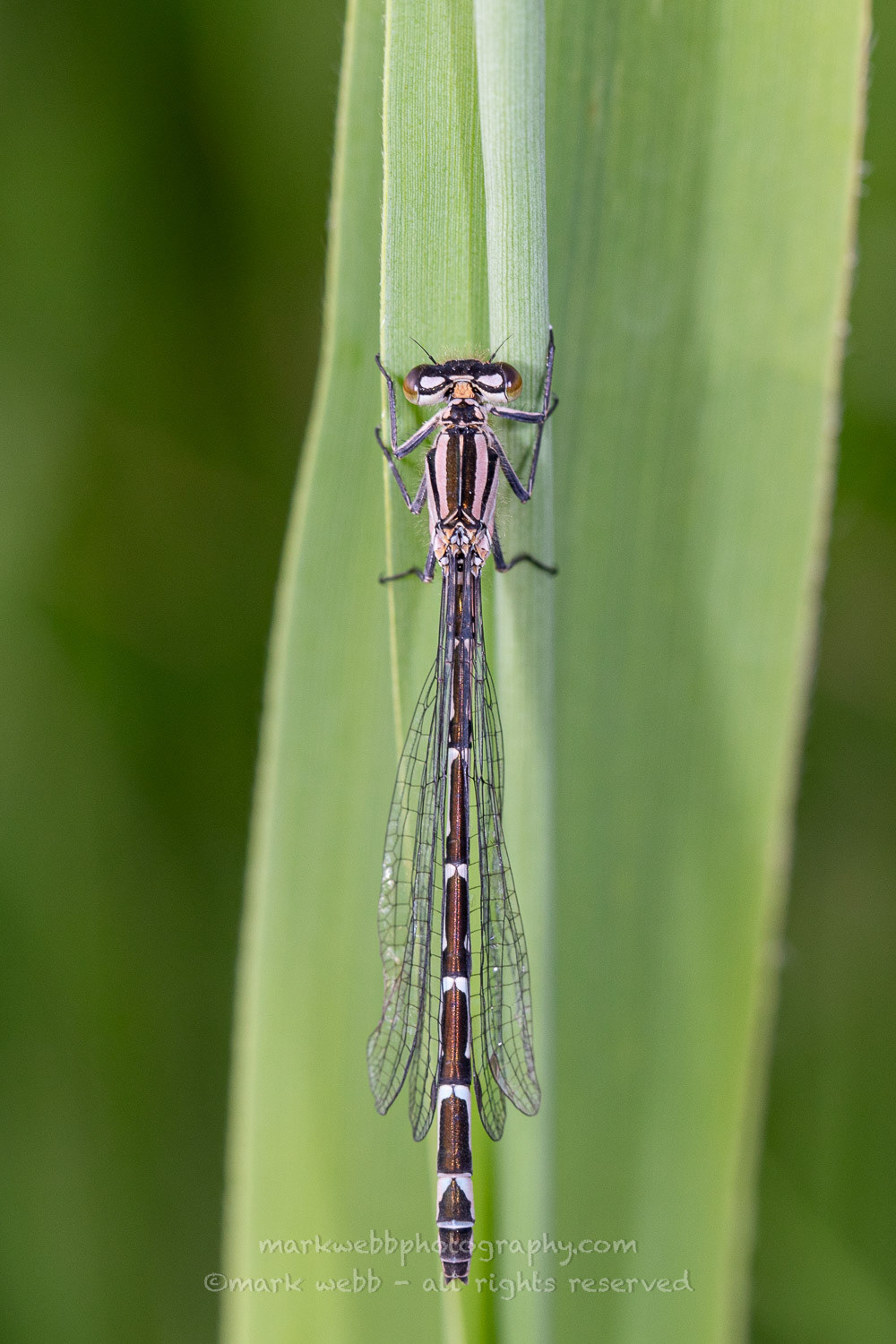
Female (Teneral / Newly Emerged)
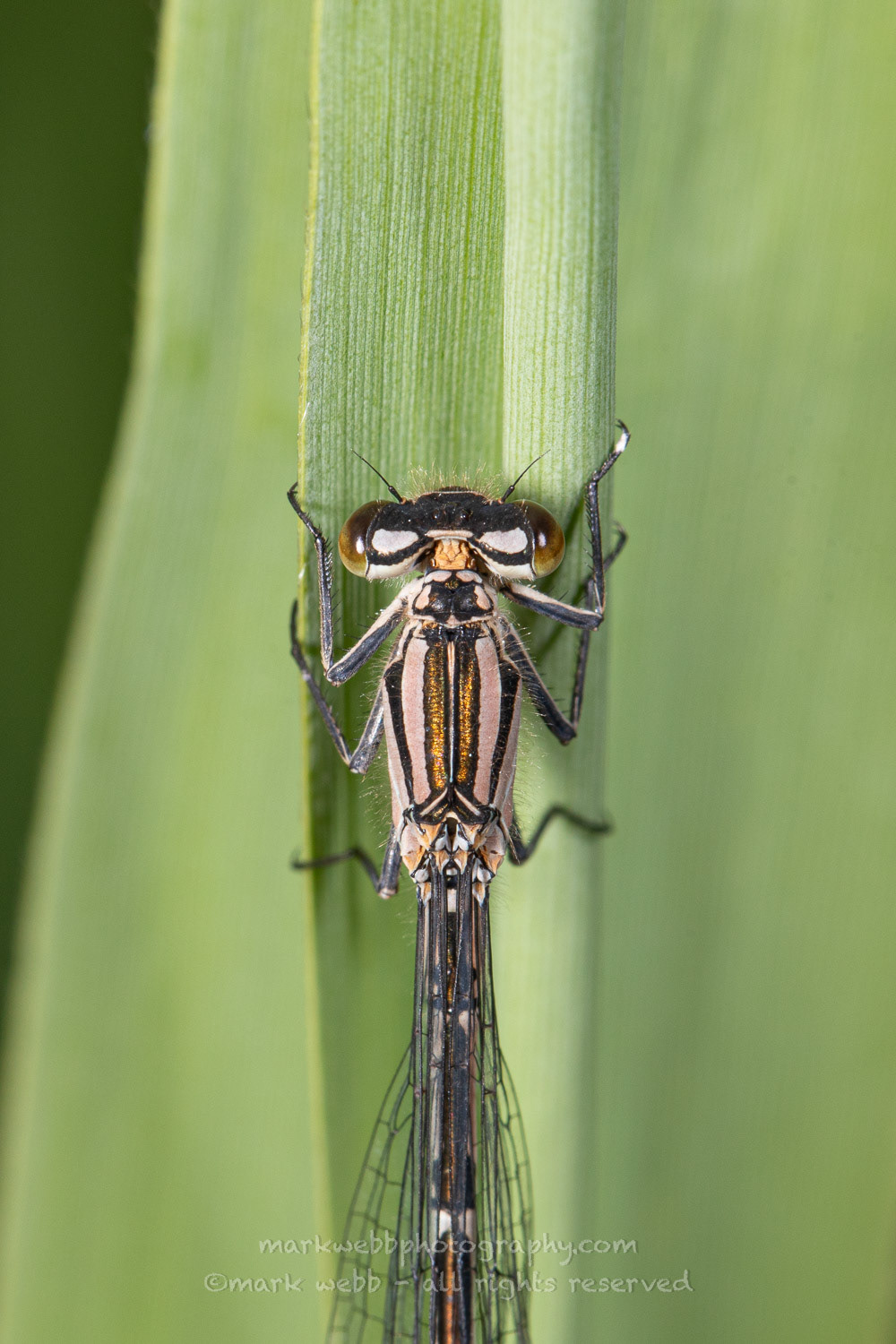
Female (Teneral / Newly Emerged)
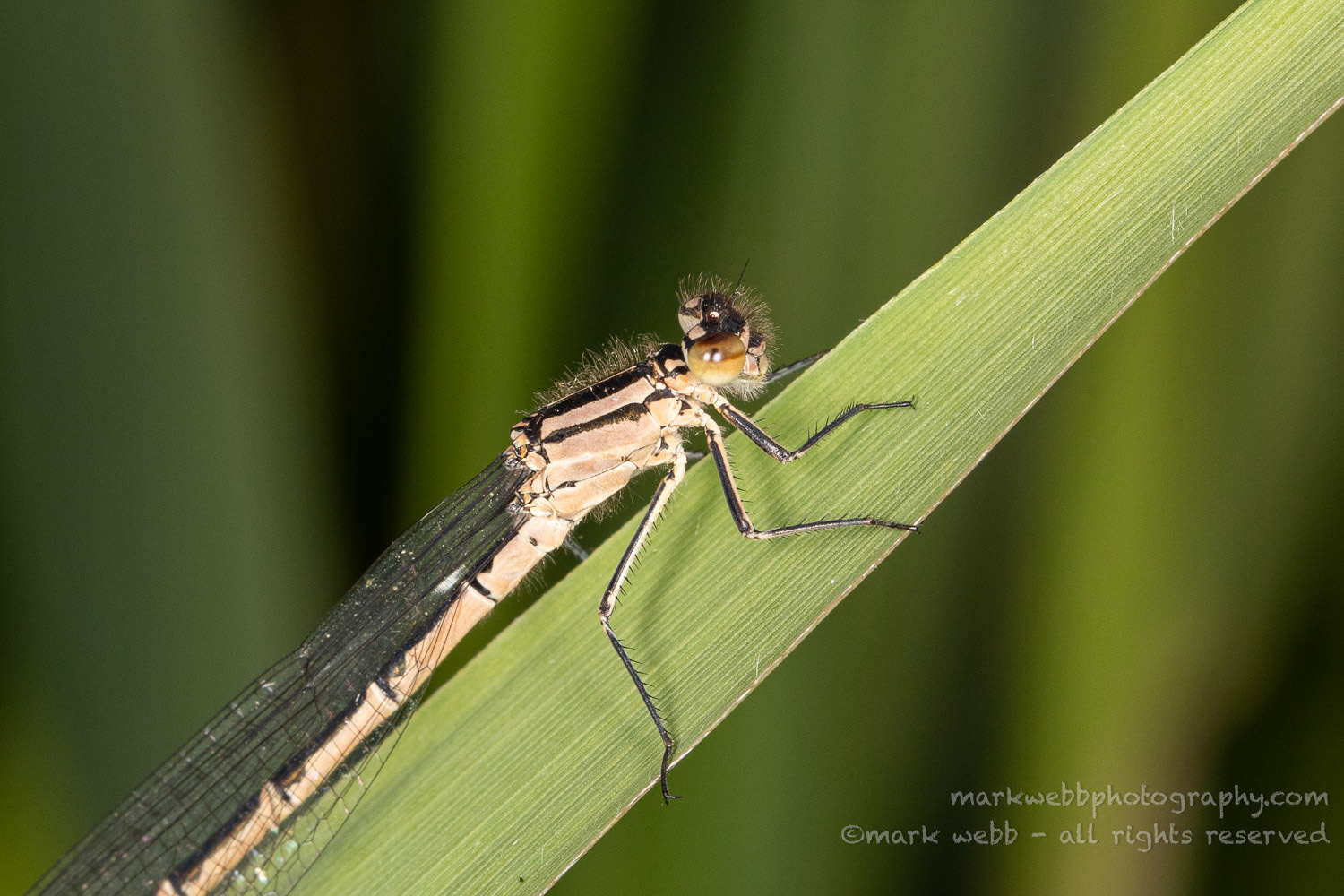
Female (Teneral / Newly Emerged)
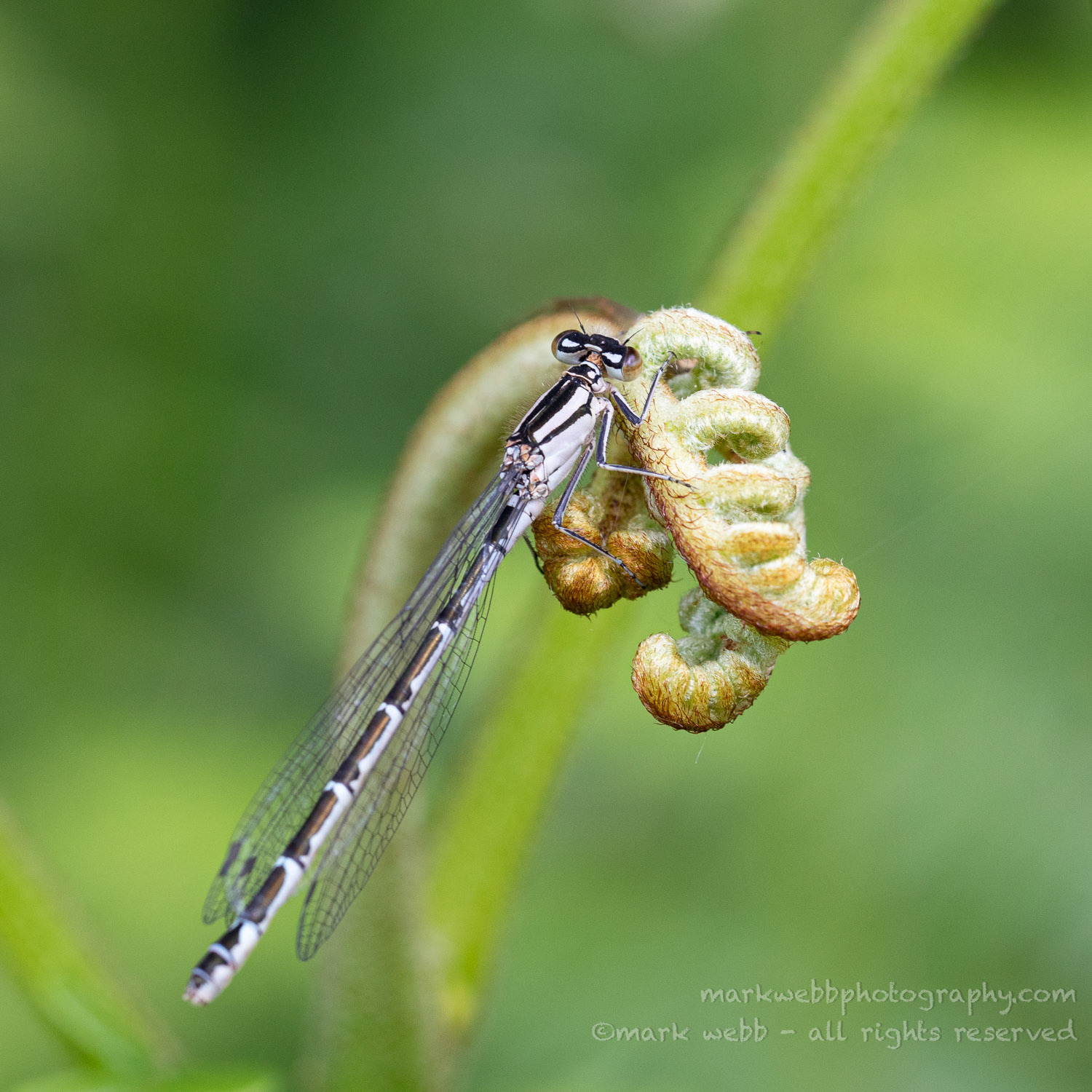
Female (Young one just beginning to go blue)

In Tandem
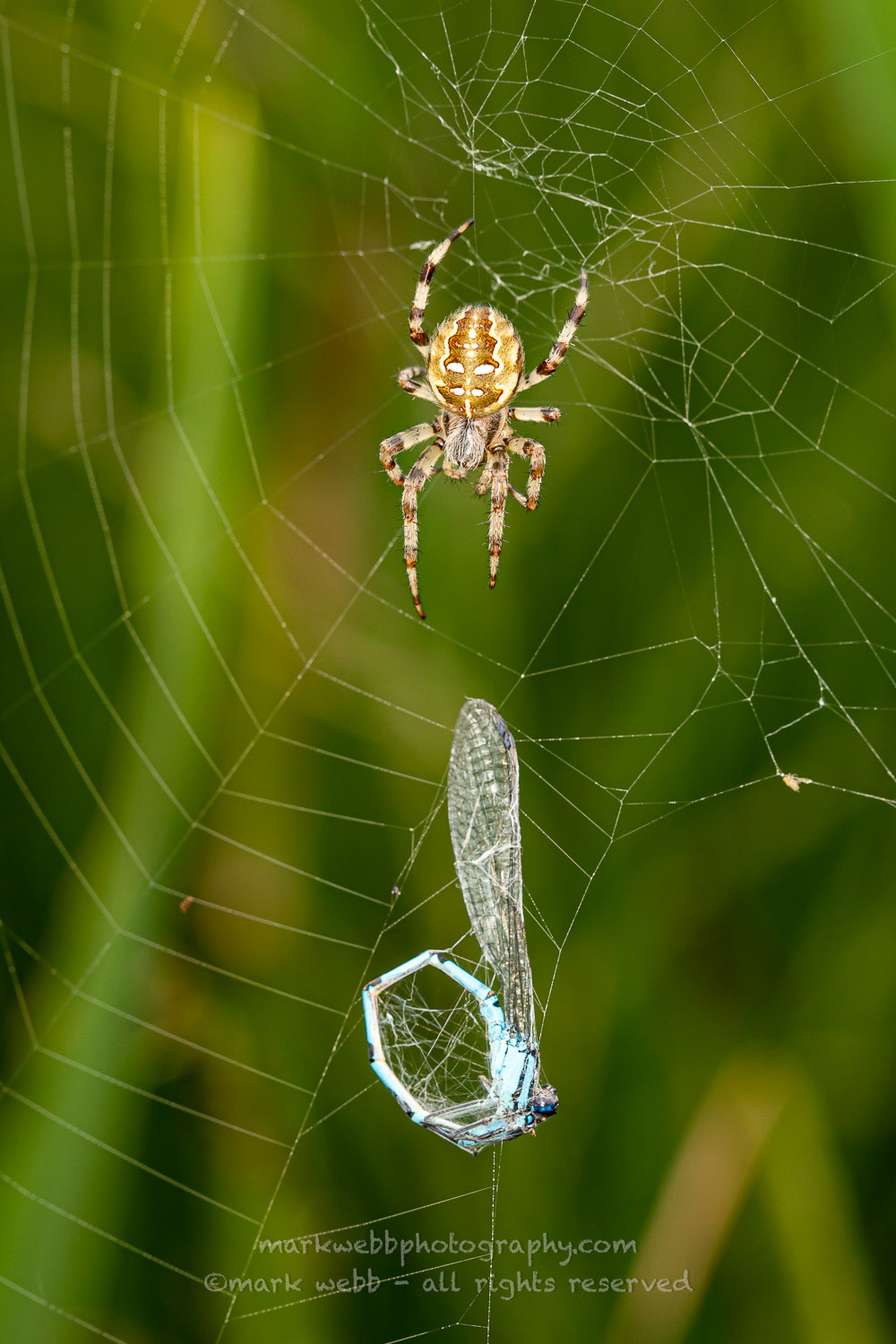
In the Deadly Trap
Want to See
Common all over Somerset but especially on the Levels.
They will appear earlier on the Somerset Levels compared to higher ground like the Mendips due to altitude.
Found in ponds, rhynes, ditches, rivers and vegetation near water sources.
Especially Good
RSPB Ham Wall - Route 1 (Mid May through to Late June)
Priddy Pools (Mid June to end of July)
-----------------------------------